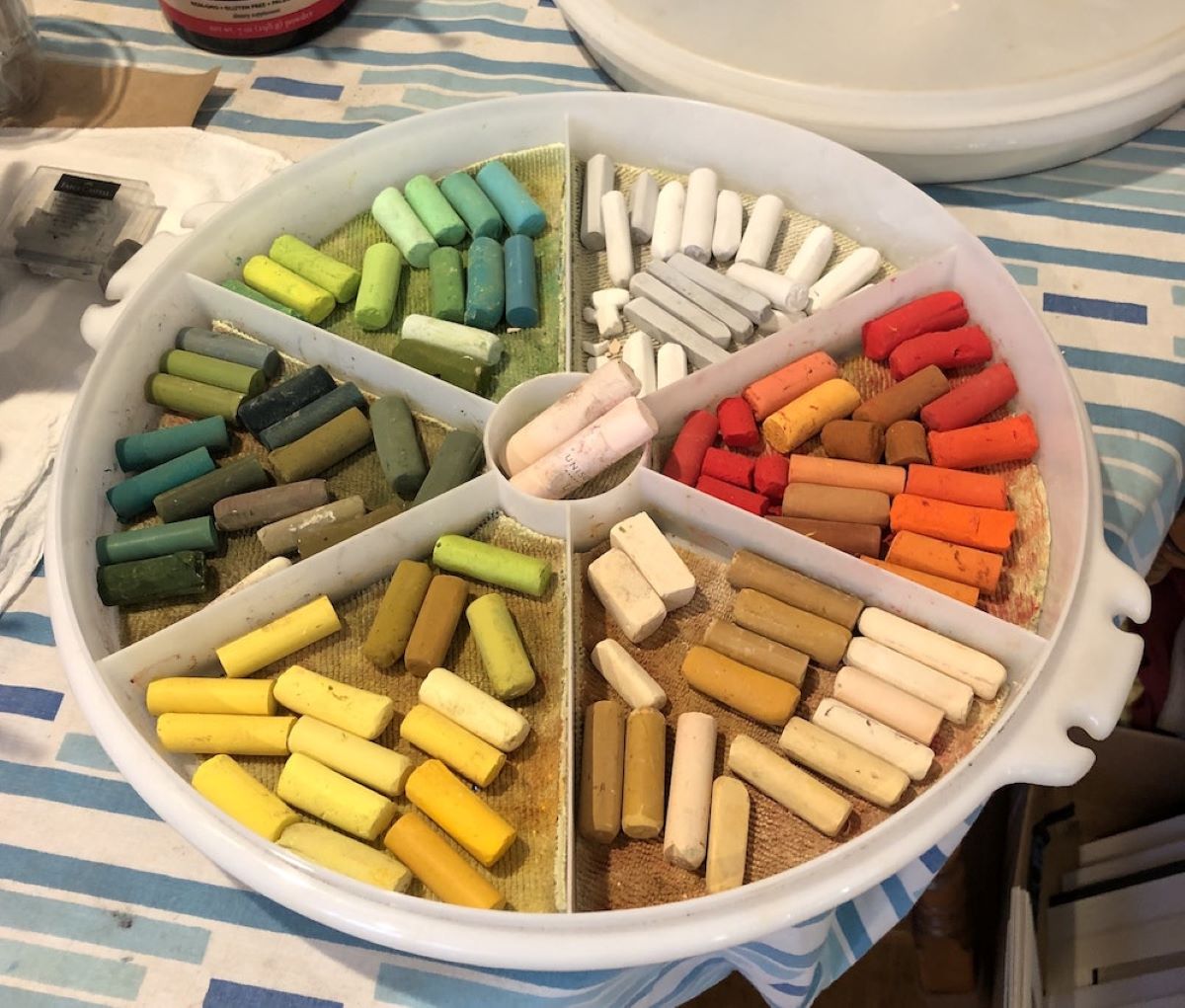

Articles
How To Store Oil Pastels
Modified: December 7, 2023
Learn the best techniques for storing oil pastels in this informative article. Keep your art supplies organized and protected with these helpful tips.
(Many of the links in this article redirect to a specific reviewed product. Your purchase of these products through affiliate links helps to generate commission for Storables.com, at no extra cost. Learn more)
Introduction
Diving into the world of oil pastels can be an exhilarating journey for artists. These versatile tools offer a unique blend of vibrant colors and smooth, creamy textures that can bring any artwork to life. However, to ensure the longevity and quality of your oil pastels, it is crucial to store them properly.
In this article, we will explore the importance of oil pastel storage and provide you with comprehensive guidelines on how to store your oil pastels effectively. By following these tips, you’ll be able to protect your investment, keep your pastels in pristine condition, and enjoy endless hours of creative exploration.
Key Takeaways:
- Properly storing oil pastels is crucial for preserving their quality and longevity. Choose the right container, wrap pastels individually, and maintain ideal storage conditions to protect your investment and enjoy vibrant, smooth textures for years to come.
- Organize, label, and maintain your oil pastel storage to streamline your creative process and protect your precious art supplies. Consider travel-friendly options and implement additional tips and tricks for enhanced organization and protection.
Read more: How To Get Oil Pastel Out Of A Carpet
Understanding Oil Pastels
Oil pastels are a unique type of artistic medium that combines the qualities of oil paint and traditional pastels. They are made by blending pigment with a small amount of non-drying oil, such as mineral oil or wax. This composition gives oil pastels a rich, intense color and a smooth, buttery consistency that sets them apart from other types of pastels.
Unlike soft pastels, which are made of powdered pigments mixed with a binder, oil pastels have a higher pigment concentration and contain oil that acts as a binder. This allows oil pastels to be used on a wide range of surfaces, including paper, canvas, and even wood.
Proper storage is vital for oil pastels because of their unique composition. The oil in oil pastels makes them susceptible to smudging, melting, and breakage if not stored correctly. By implementing the right storage techniques, you can protect your oil pastels from these potential hazards and ensure their longevity.
Choosing the Right Storage Container
When it comes to storing oil pastels, selecting the right container is crucial. Here are some factors to consider when choosing a storage container:
- Size: The container should be spacious enough to accommodate your entire collection of oil pastels. Consider the number of pastels you have and whether you plan to expand your collection in the future.
- Material: Opt for a container made of sturdy and durable material to prevent damage. Plastic, metal, or wooden containers are popular choices.
- Compartments: Look for containers with dividers or compartments to keep your pastels organized and prevent them from rubbing against each other.
- Portability: If you plan to carry your oil pastels with you while traveling or painting outdoors, choose a container that is lightweight and has a secure closing mechanism.
- Accessibility: Consider how easy it is to access your pastels from the container. Containers with removable trays or drawers provide convenient access to your oil pastels.
Recommended types of containers for storing oil pastels include:
- Art Supply Boxes: These boxes are specifically designed for storing art supplies and come in various sizes and compartments to accommodate oil pastels.
- Tackle Boxes: Tackle boxes, typically used for fishing gear, are a cost-effective option for storing and organizing your oil pastels.
- Art Bags or Cases: These portable bags or cases have individual slots or compartments for storing your oil pastels, making them ideal for artists on the go.
- Pastel Trays: If you prefer to have your oil pastels displayed and easily accessible, pastel trays with foam inserts can provide a visually appealing storage solution.
When selecting a storage container, keep these features in mind:
- Secure Lid: Make sure the container has a lid that can be securely closed to protect your oil pastels from dust, moisture, and other external factors.
- Light Protection: Look for containers with light-blocking or opaque materials to prevent direct sunlight from affecting the pigments of your oil pastels.
- Stackability: If you have limited space, consider containers that can be stacked on top of each other for efficient storage.
- Adjustable Dividers: Containers with adjustable dividers or modular compartments allow you to customize the storage space according to your needs and the size of your oil pastels.
By considering these factors and features, you can choose a storage container that offers optimal protection and organization for your beloved oil pastels.
Preparing the Storage Container
Once you have selected the right storage container for your oil pastels, it’s important to prepare it properly to ensure the best storage conditions. Here are some steps to follow:
1. Cleaning the Container: Before placing your oil pastels in the container, make sure it is clean and free from any dust or debris. Use a soft cloth or a mild cleaning solution to wipe down the interior of the container.
2. Adding Protective Lining or Trays: To provide an extra layer of protection, consider adding a protective lining or trays inside the container. This can help prevent the oil pastels from touching the container directly, reducing the risk of smudging or breakage. You can use felt, foam, or even velvet as a lining material, or opt for pre-made trays designed for art supplies.
3. Organizing the Container for Easy Access: To make finding and retrieving your oil pastels hassle-free, it’s a good idea to organize them in a logical and efficient manner. You can arrange them by color, size, or any other system that works best for you. Consider grouping similar shades together or organizing them in a way that inspires your creativity. Some containers come with built-in dividers or trays, making organization even easier.
By taking these steps, you can ensure that your storage container is clean, lined with protective material, and organized in a way that allows for easy access to your oil pastels.
To store oil pastels, keep them in a cool, dry place away from direct sunlight. Store them vertically in a container to prevent breakage and keep the caps on to avoid drying out.
Storing Oil Pastels Properly
Now that your storage container is prepared, it’s time to store your oil pastels in a way that keeps them safe and well-preserved. Here are some important steps to follow:
1. Wrapping Each Pastel Individually: To protect your oil pastels from smudging and mingling colors, it’s advisable to wrap each pastel individually. You can use small pieces of parchment paper, tissue paper, or even wax paper. This will create a barrier between the pastels and prevent them from rubbing against each other.
2. Arranging Pastels by Color or Size: Organizing your oil pastels by color or size not only helps you locate the specific pastel you’re looking for quickly, but it also minimizes the likelihood of damage during storage. You can group them in sections or rows within the container, ensuring that each pastel has its own designated space.
3. Preventing Damage and Breakage: To further protect your oil pastels from damage and breakage, avoid overfilling the storage container, as it may cause pressure and lead to breakage. Make sure there is enough room for the pastels to be arranged comfortably without squeezing them together. Additionally, handle the pastels with care when placing them in the container or taking them out to prevent any accidental drops or mishandling.
Storing your oil pastels in individual wrappers, arranging them by color or size, and taking precautions to prevent damage and breakage will help keep your pastels in excellent condition and prolong their lifespan.
Read more: How To Store Pastel Drawings
Maintaining Ideal Storage Conditions
Proper storage conditions are crucial for preserving the quality of your oil pastels. Here are some key factors to consider:
1. Controlling Temperature and Humidity: It’s important to store your oil pastels in an environment with stable temperature and humidity levels. Extreme temperatures can cause the pastels to melt or become brittle, while high humidity can lead to softening or mold growth. Aim for a temperature range between 50-70°F (10-21°C) and a relative humidity of around 40-60%. Avoid storing them in places prone to temperature fluctuations or areas with high humidity, such as basements or bathrooms.
2. Avoiding Direct Sunlight and Extreme Heat or Cold: Sunlight can fade the colors of your oil pastels over time, so it’s crucial to keep them away from direct sunlight or intense artificial lighting. Additionally, extreme heat or cold can alter the consistency of the pastels or cause them to crack. Avoid storing them near radiators, heating vents, or in areas exposed to extreme temperature changes.
3. Tips for Long-Term Storage: If you plan to store your oil pastels for an extended period, consider taking the following precautions:
- Use Airtight Containers: Opt for containers with airtight seals to prevent moisture or air from affecting your pastels. This can help maintain their consistency and prevent them from drying out.
- Desiccant Packets: Inserting desiccant packets into your storage container can help absorb excess moisture and protect your pastels from humidity-related issues.
- Rotate Pastels: Periodically rotate the pastels in your storage container to prevent any one pastel from being exposed to pressure for too long. This will help distribute the weight evenly and minimize the risk of breakage.
- Check for Mold or Insect Infestation: Regularly inspect your stored oil pastels for any signs of mold growth or insect infestation. If you notice any issues, remove the affected pastels immediately to prevent further damage.
By maintaining ideal storage conditions and following these tips for long-term storage, you can ensure that your oil pastels remain in optimal condition and ready for use whenever inspiration strikes.
Additional Tips and Tricks
When it comes to oil pastel storage, there are some additional tips and tricks that can help you keep your pastels organized and protected. Here are some suggestions:
1. Labeling and Categorizing Pastels: To easily identify and locate specific colors, consider labeling your pastels. You can use stickers or small labels on the wrapping or the pastel itself. Categorizing them by color families or shades can also help streamline your creative process.
2. Using Storage Accessories: There are various storage accessories available that can enhance your oil pastel storage experience. For example, foam inserts or foam pads can be added to your storage container to provide extra cushioning and prevent pastels from moving around. Additionally, dividers or separators can help keep different colors or sizes separated and organized.
3. Travel-Friendly Storage Options: If you enjoy painting on the go or attending art classes or workshops, having a travel-friendly storage solution is essential. Look for compact and lightweight storage options such as small art supply carry cases or pouches designed specifically for oil pastels. These options often have individual slots or compartments to keep your pastels secure and organized during travel.
4. Regular Maintenance: Take some time periodically to clean and organize your storage container. Remove any dust or debris that may have accumulated and wipe down the interior with a soft cloth. This not only helps maintain a clean storage environment but also allows you to assess the condition of your pastels and identify any issues that may require attention.
5. Store Vertically: Storing your pastels vertically can minimize the risk of them smudging or breaking. This is especially important if you have softer oil pastels that tend to be more delicate. Vertical storage prevents the pastels from rubbing against each other horizontally, reducing the chances of damage.
By implementing these additional tips and tricks, you can take your oil pastel storage to the next level, ensuring easy access, organization, and protection for your precious art supplies.
Conclusion
Properly storing your oil pastels is essential for their long-term preservation and maintaining their vibrant colors and smooth textures. By understanding the unique qualities of oil pastels and following the guidelines outlined in this article, you can ensure that your oil pastels are kept in optimal condition, ready for your creative endeavors.
Choosing the right storage container that suits your needs and preferences is the first step. Consider factors such as size, material, compartments, and portability when selecting a container. Organizing your oil pastels within the container, wrapping them individually, and arranging them by color or size will help prevent smudging, mingling colors, and accidental breakage.
Maintaining ideal storage conditions is crucial for the longevity of your oil pastels. Control temperature and humidity levels, avoid direct sunlight and extreme heat or cold, and follow tips for long-term storage, such as using airtight containers and desiccant packets.
By implementing additional tips and tricks, such as labeling and categorizing pastels, using storage accessories, and considering travel-friendly storage options, you can further enhance your oil pastel storage experience.
Remember to regularly clean and maintain your storage container to ensure a clean and organized environment for your oil pastels.
With proper storage techniques and a little extra care, your oil pastels will remain vibrant, ready to be used whenever inspiration strikes. So, invest in the right storage solutions, follow these guidelines, and enjoy the magic that oil pastels bring to your artwork for years to come.
Frequently Asked Questions about How To Store Oil Pastels
Was this page helpful?
At Storables.com, we guarantee accurate and reliable information. Our content, validated by Expert Board Contributors, is crafted following stringent Editorial Policies. We're committed to providing you with well-researched, expert-backed insights for all your informational needs.
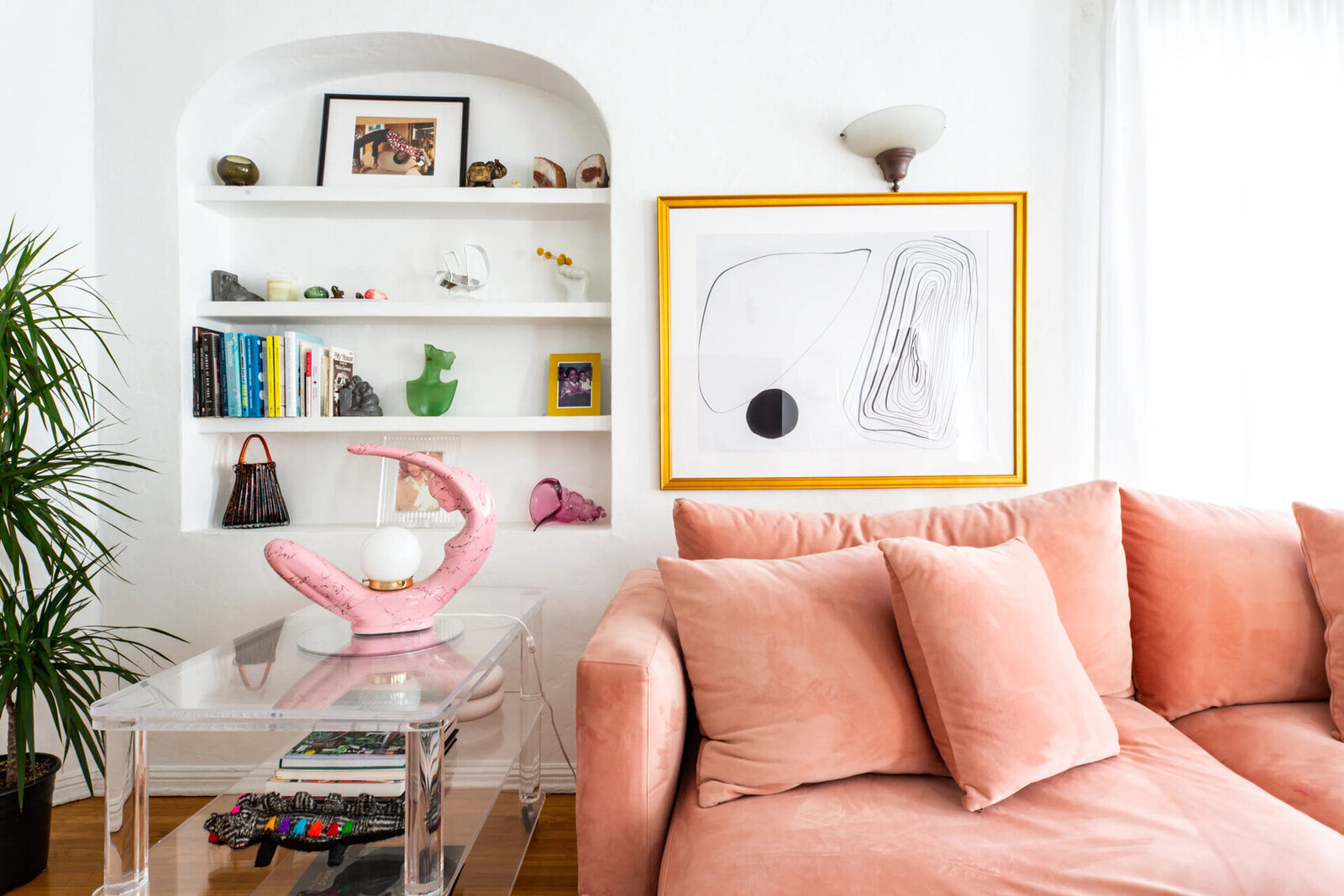
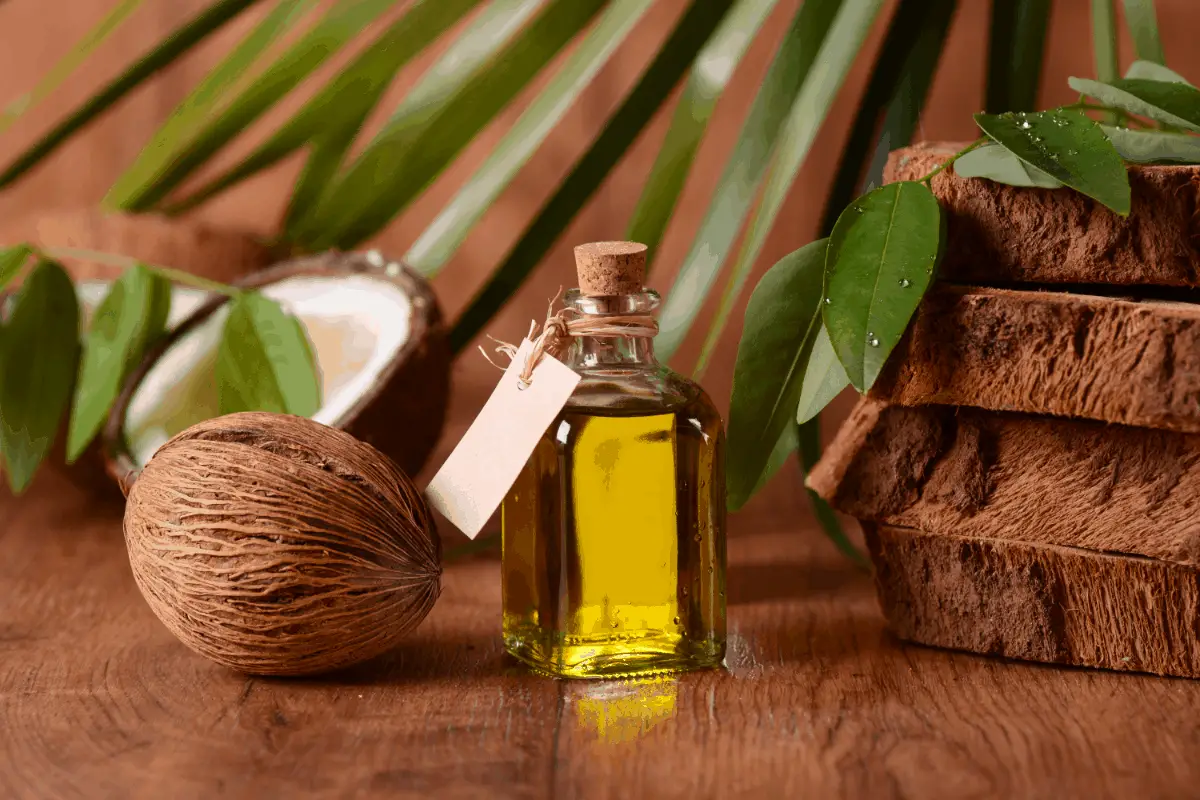
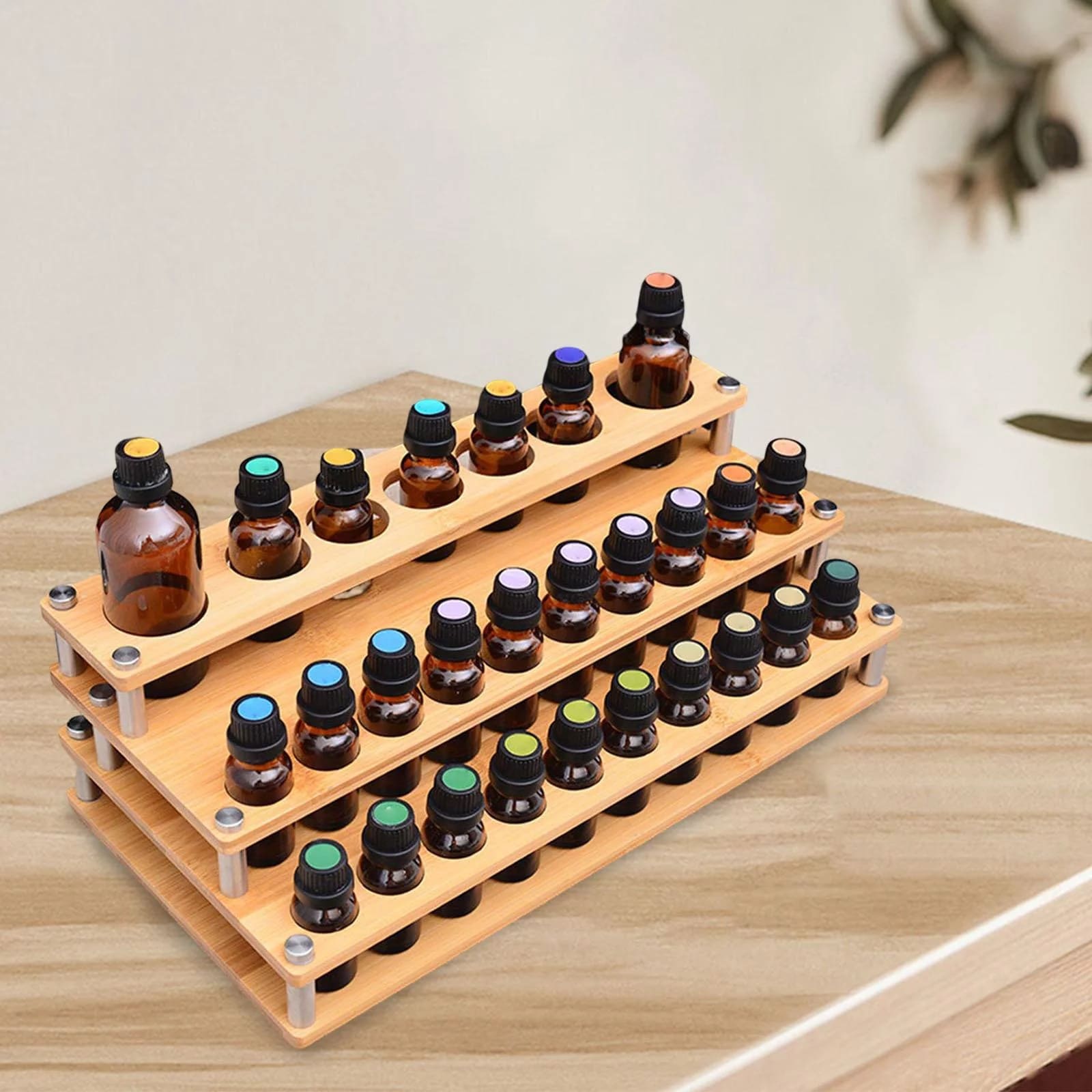
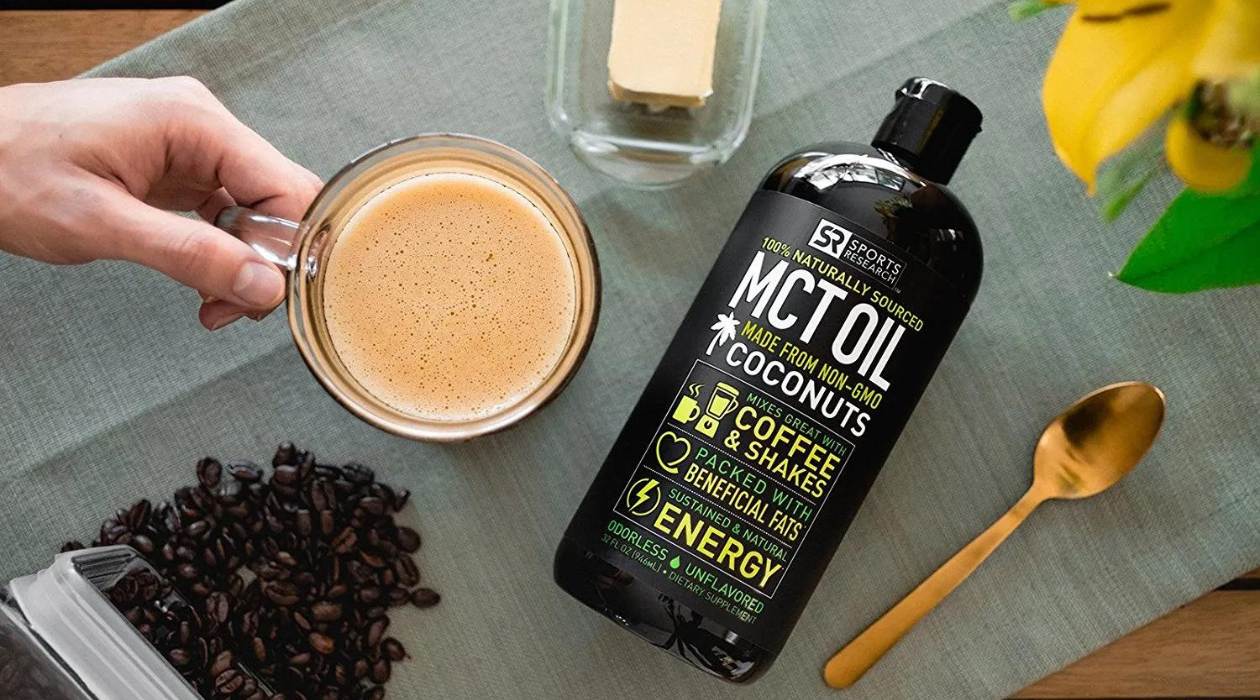
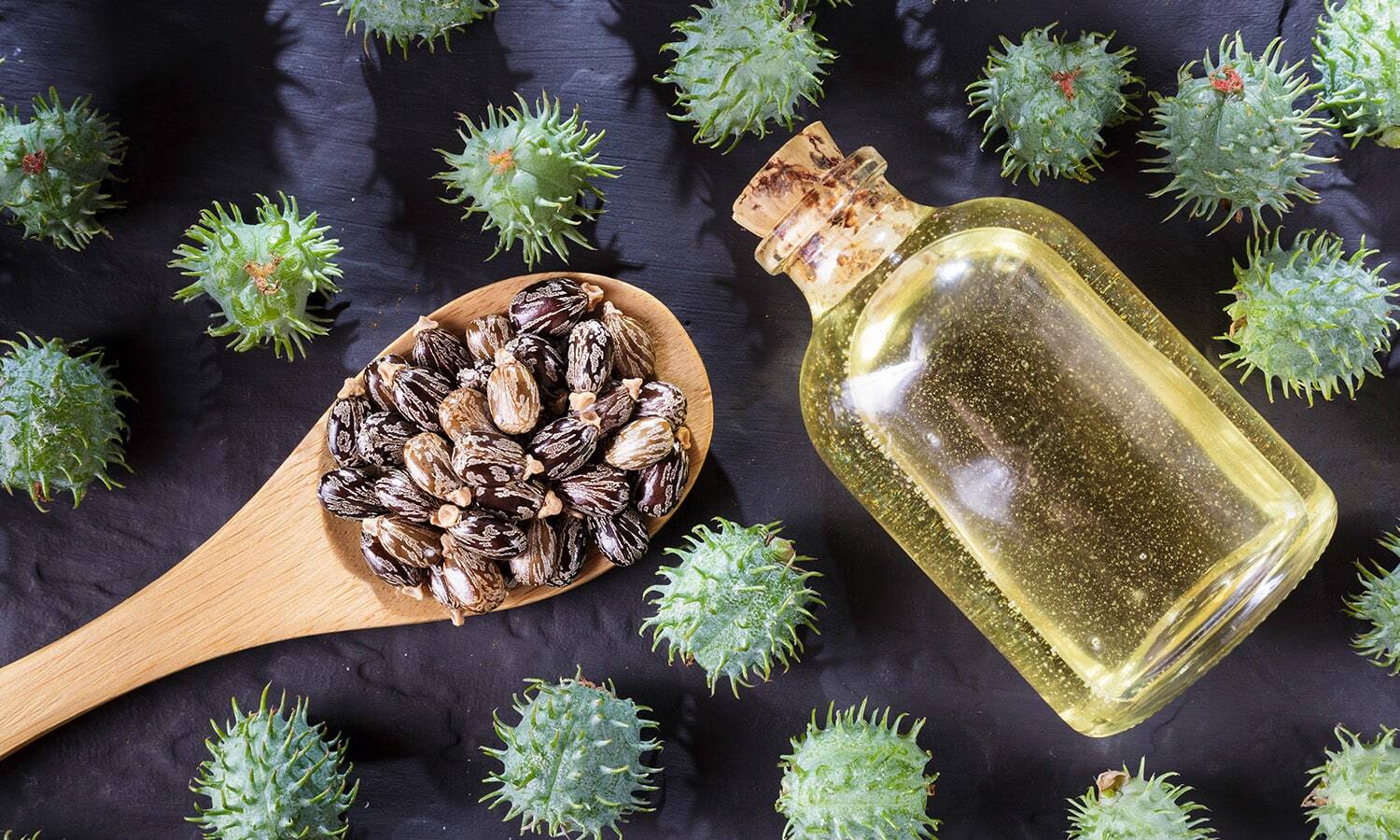
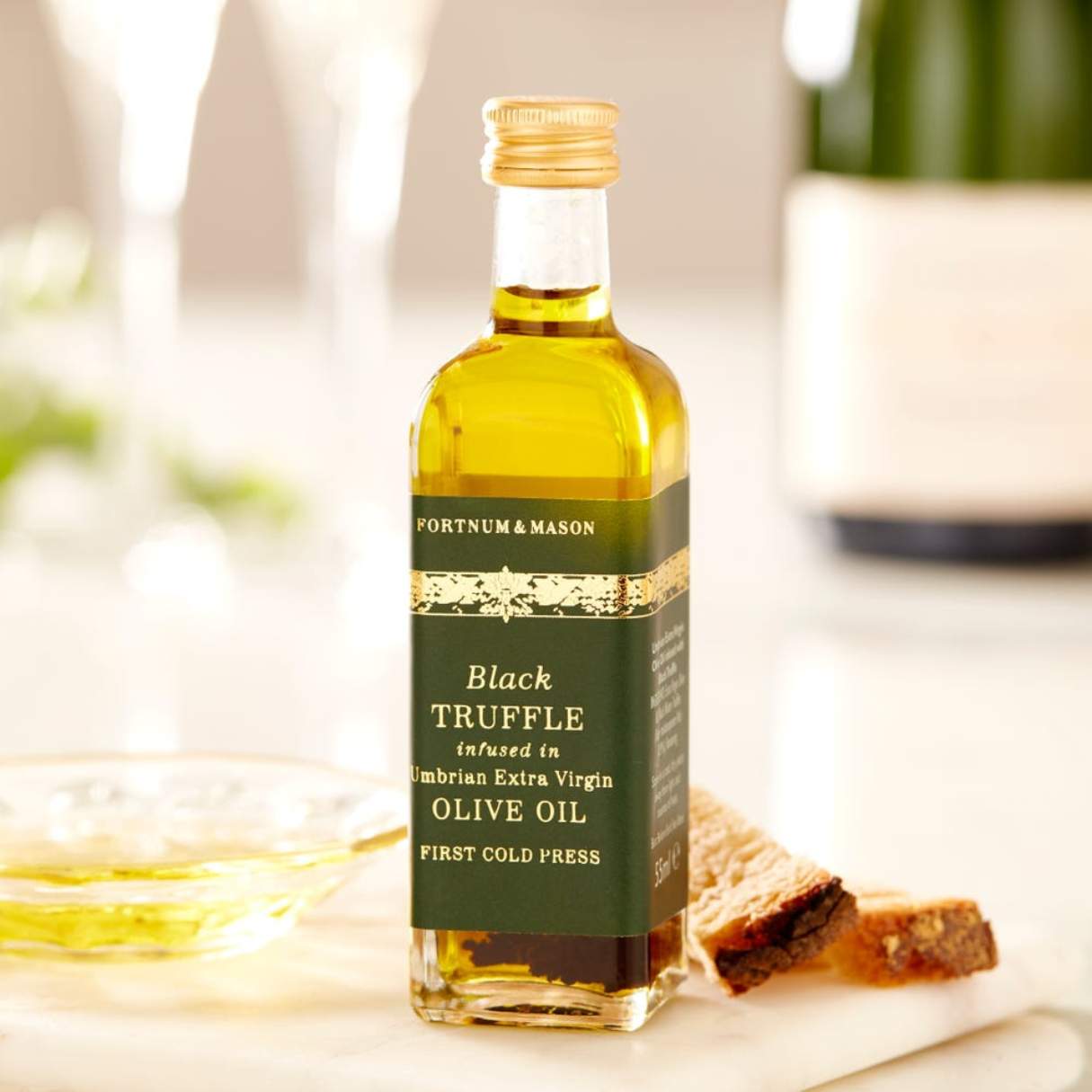


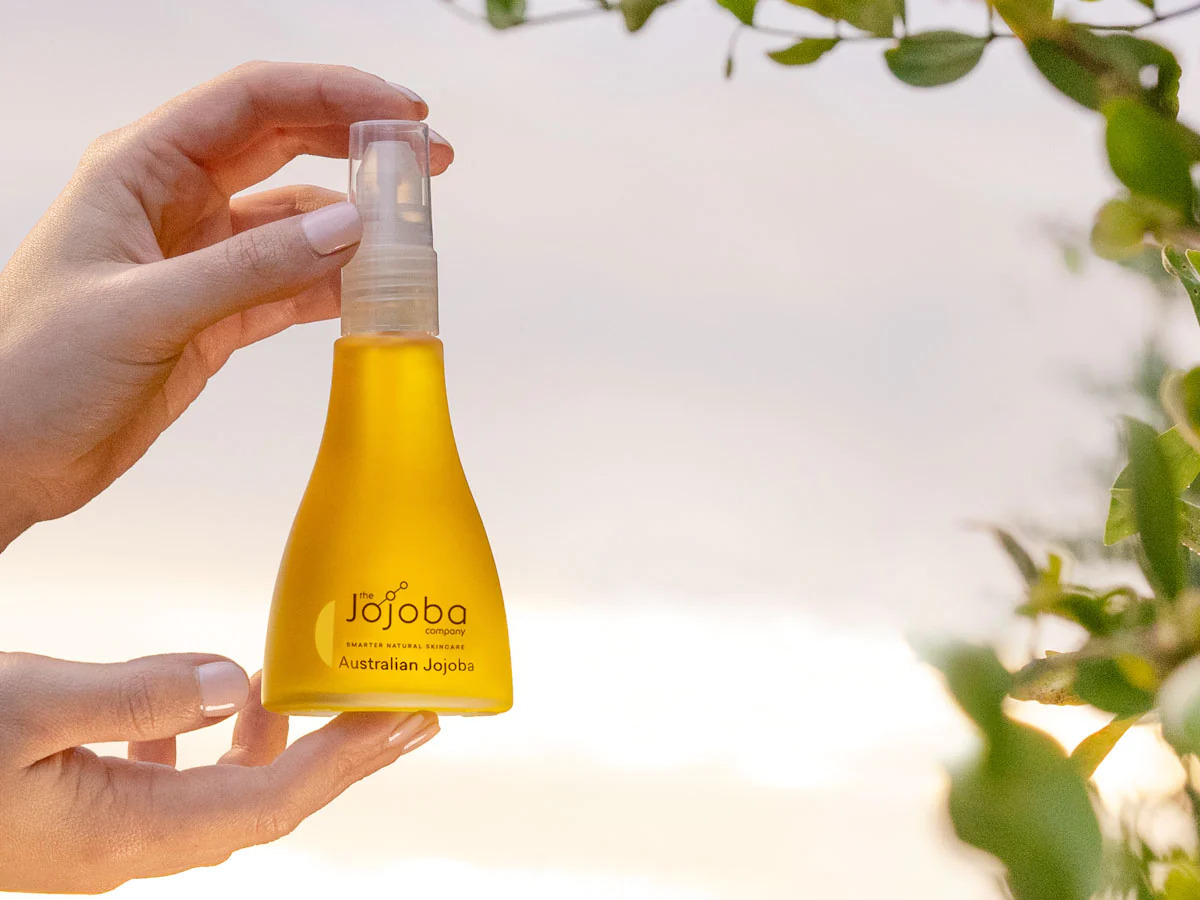
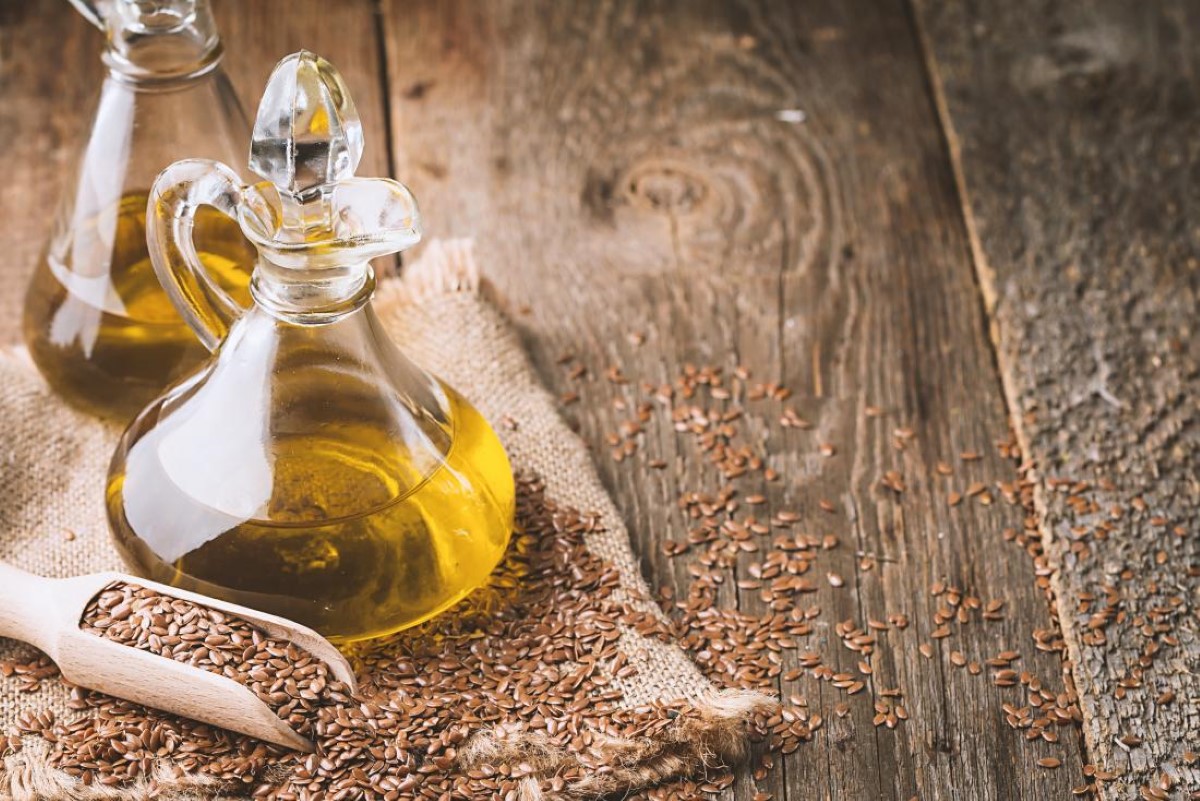


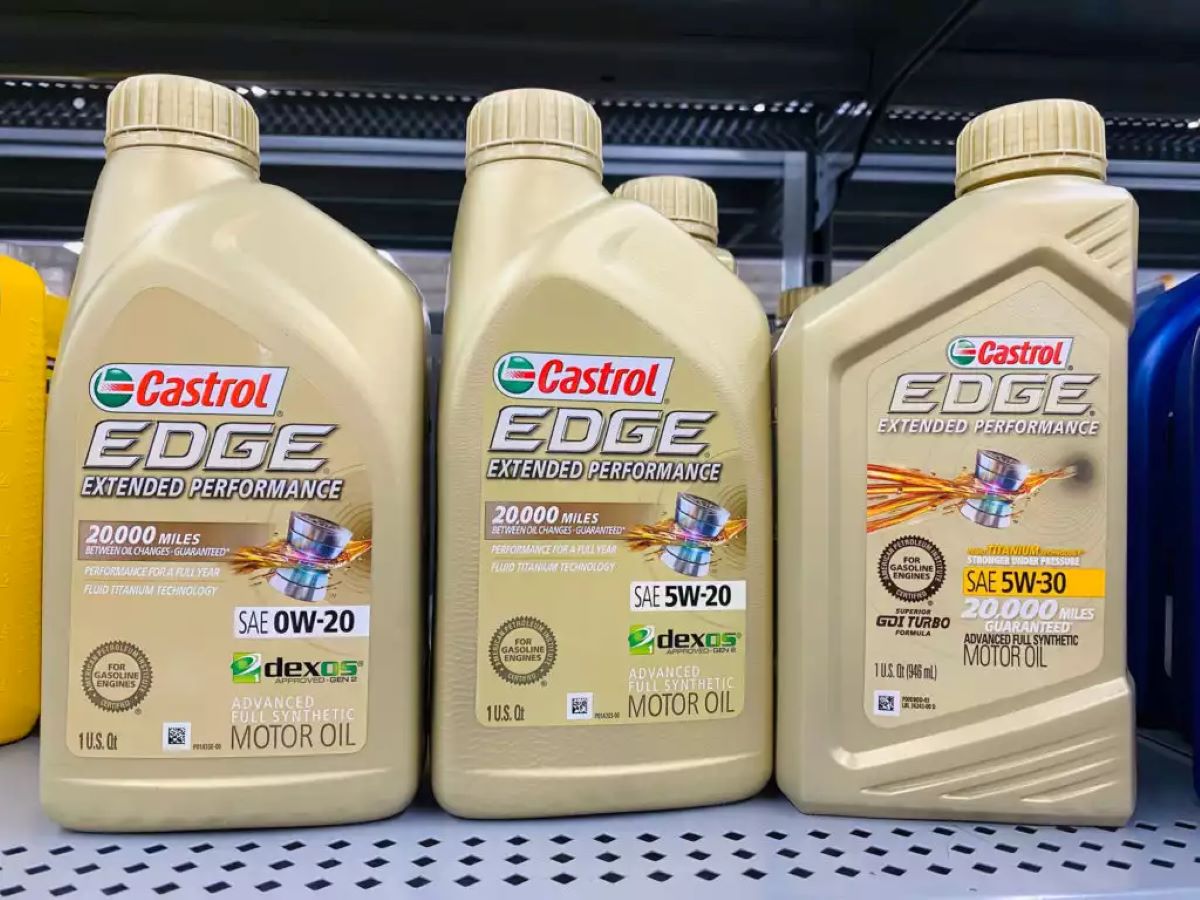
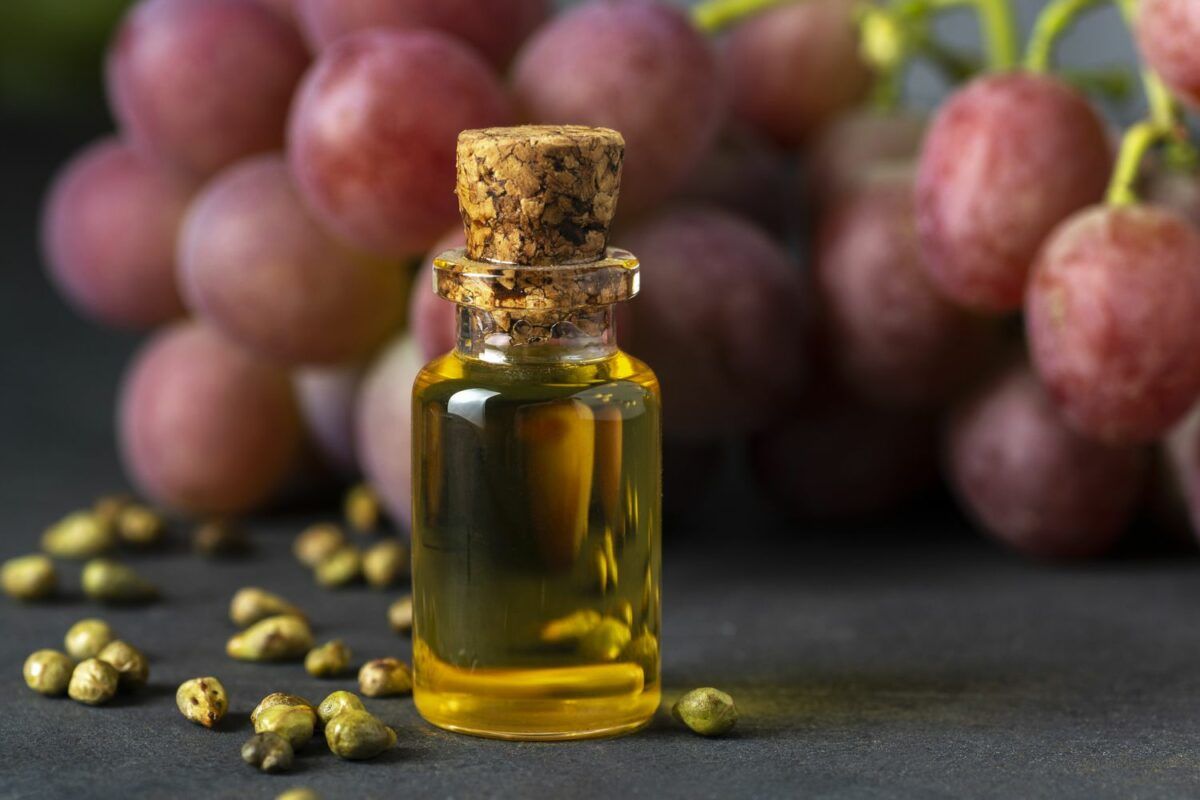

0 thoughts on “How To Store Oil Pastels”